Dental bridges are used to fill the gap created by one or more missing teeth. They are artificial replacements that restore your smile and help you resume your normal eating habits as fast as possible. But getting a dental bridge is not an easy task, especially if you have suffered from tooth loss for some time and your gums have receded, leaving little support for a traditional crown or other fixed restorations. A dental bridge replaces the gap left between two teeth with a false tooth attached to a fixed structure to be supported on either side of the gap. Such bridges can be made of metal or resin, with the former being more common.
What are Permanent Dental Bridges?
Types of Permanent Dental Bridges
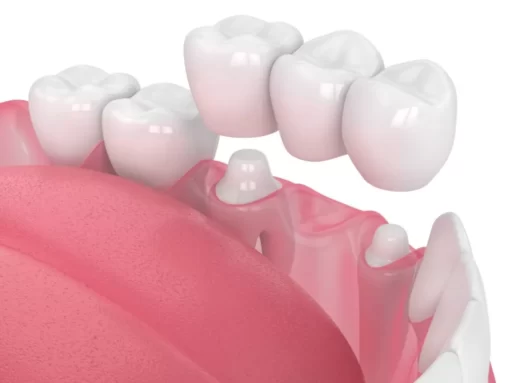
Cantilever bridge – In this bridge type, the pontic connects to only one abutment tooth. This can sometimes be an option for people who have teeth on only one side of the gap.
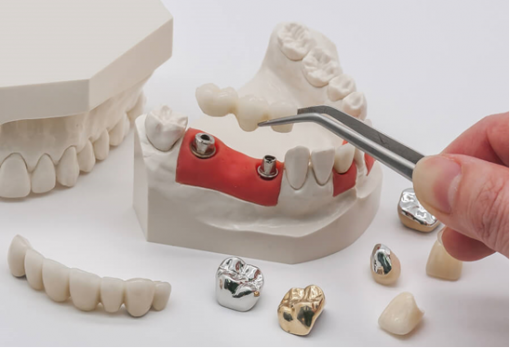
Maryland dental bridge – You may have this type of bridge if you have missing front teeth. It’s made of porcelain fused to metal or ceramic teeth, supported by a framework.
How is a Dental Bridge Made?
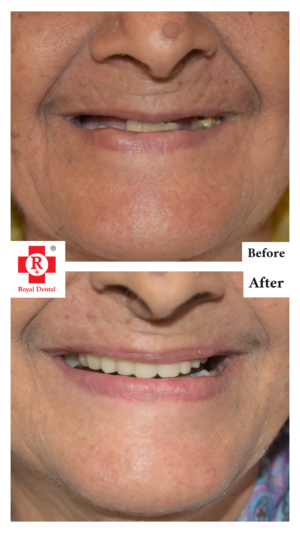
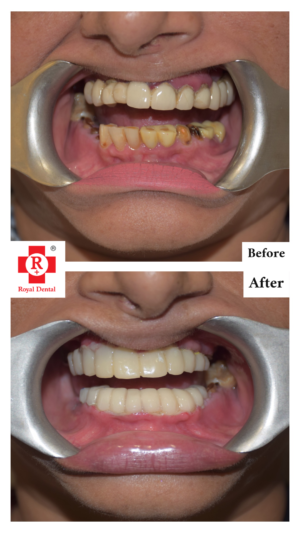
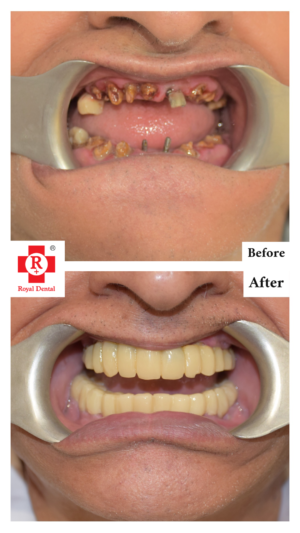
How long does a permanent dental bridge last?
Dental bridges can last at least five to seven years. With good oral hygiene and regular professional cleanings, the bridge may last more than 10 years.






